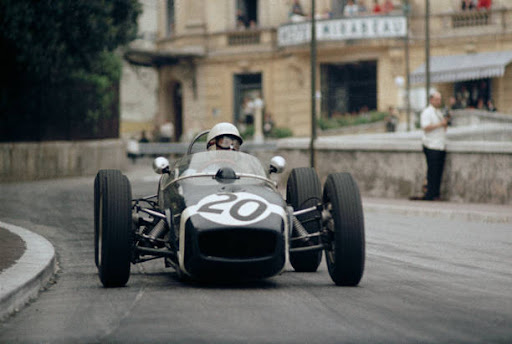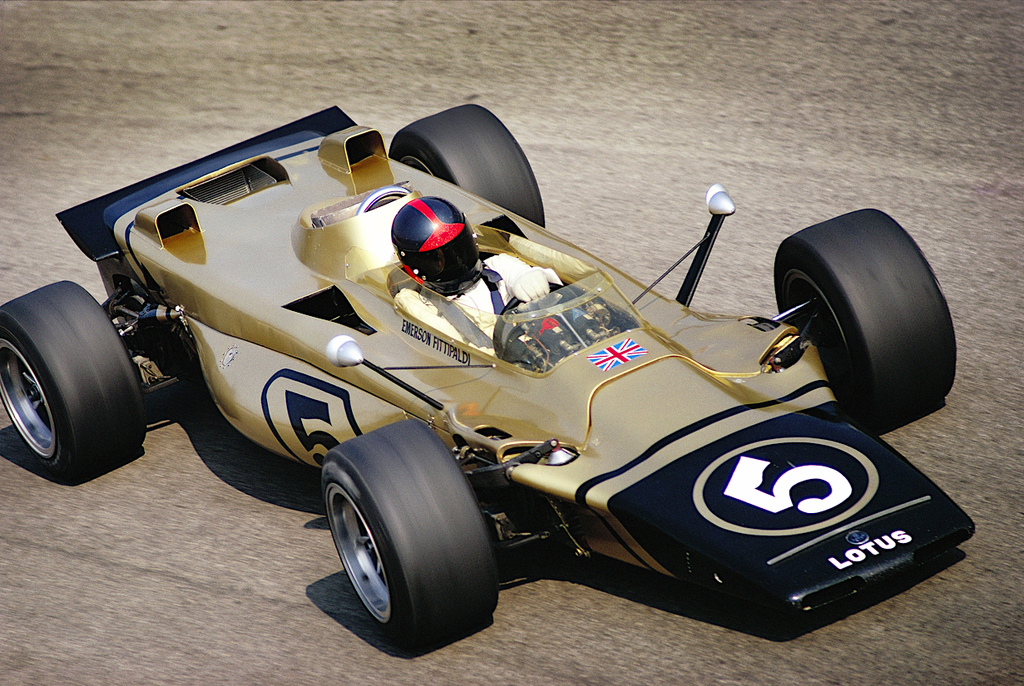The Early Days and First Championships
The Lotus F1 Team traces its origins back to the 1950s when Colin Chapman established Lotus Cars. Chapman was an innovative designer and builder of racing cars, and he soon decided to enter Formula One.
In 1958, Chapman entered Lotus into the Formula One World Championship under the name “Team Lotus.” The early years were challenging, but the team scored its first victory at the 1960 Monaco Grand Prix with driver Stirling Moss.
Over the next decade, Team Lotus emerged as a dominant force in Formula One. With the talented Jim Clark behind the wheel, the team won its first constructors’ championship in 1963. Clark went on to win two drivers’ titles in 1963 and 1965.

The Glory Years with Graham Hill and Emerson Fittipaldi
Though devastated by Clark’s tragic death in 1968, Team Lotus carried on with Graham Hill and Jochen Rindt leading the charge. Hill won Lotus its second constructors’ title in 1968 before Rindt posthumously won the drivers’ championship in 1970 after a fatal crash at Monza.
In the early 1970s, young Brazilian talent Emerson Fittipaldi joined Team Lotus. He rewarded Chapman’s faith by winning the 1972 drivers’ championship. Fittipaldi scored two more race wins in 1973 before leaving to join McLaren.

More Dominance in the Late 1970s
After a few lean years, Team Lotus struck gold again after bringing in the brilliant but often fiery Mario Andretti in 1978. Andretti dominated the season with six pole positions and six race wins to deliver another drivers’ crown.
The 1978 Lotus 79 is regarded as one of the most significant race cars of all time. Its innovative ground effects – body shape and underside design for maximizing aerodynamic downforce – set the standard for Formula One design to this day.
Lean Times in the 1980s Until Senna’s Arrival
Chapman died suddenly from a heart attack in 1982, leaving Team Lotus rudderless. The team struggled badly over the next few seasons, often lacking the funding to design and build competitive race cars.
A young Ayrton Senna joined Team Lotus in 1985 and scored his first-ever podium that year in Portugal. Though the cars were far from the best on the grid, Senna took pole position twice in 1986 and won twice in each of his three seasons with Lotus from 1985-1987.

Financial Troubles Force Team Lotus to Fold
After Senna departed to McLaren, Team Lotus went into terminal decline. They failed to keep pace with technical innovations in carbon fiber chassis and active suspension systems.
By the early 1990s, Team Lotus had become an also-ran struggling at the back of the grid. With debts mounting and sponsors fleeing, the once mighty Lotus team folded at the end of 1994 after failing to qualify for the 1995 season.
The Modern Lotus F1 Team
After more than 15 years absence, the Lotus name returned to Formula One in 2010 under Tony Fernandes’ Team Lotus. However, Fernandes soon got embroiled in a legal dispute with Lotus Cars over the use of the name.
In 2012, with sponsorship from Lotus Cars, the former Renault team was rebranded as Lotus F1 Team. Now based in Enstone, England, it fielded experienced drivers like Romain Grosjean and Kimi Raikkonen.
In its second year since the rebranding, Lotus F1 achieved 4 podium finishes before Kimi Raikkonen won an emotional victory at the 2012 Abu Dhabi Grand Prix – Lotus F1’s first win since Ayrton Senna back in 1987.
Raikkonen went on a brilliant run, scoring points in 19 out of 20 races on his way to 3rd place in the drivers’ championship. With a total of 10 podium finishes, Raikkonen almost single-handedly lifted Lotus F1 to 4th position in the constructors’ standings.

More Points But Mounting Debts
Though Raikkonen continued to deliver results over the next two years, Lotus F1 Team once more found itself mired in financial issues. Raikkonen himself complained in 2013 that he had not been fully paid his salary since he joined the team.
Matters came to a head in 2015 when the team struggled to get out of the pits for practice sessions as tire supplier Pirelli refused to release tires over unpaid dues. It was a sad reminder of Team Lotus and its troubles in the early 1990s.
Renault Steps In and Reclaims Its Enstone Team
Renault came to the rescue late in 2015 by purchasing a controlling stake in Lotus F1 Team and clearing its debts. The Enstone-based squad effectively returned to the French manufacturer ahead of a full rebranding in 2016.
Thus, after 20 years, the Lotus name disappeared from Formula One once more. But its legacy of innovation, racing glory and drivers like Clark, Hill, Rindt, Andretti and Senna will never be forgotten even as Formula One moves into its next era.

